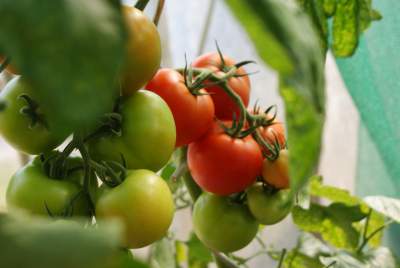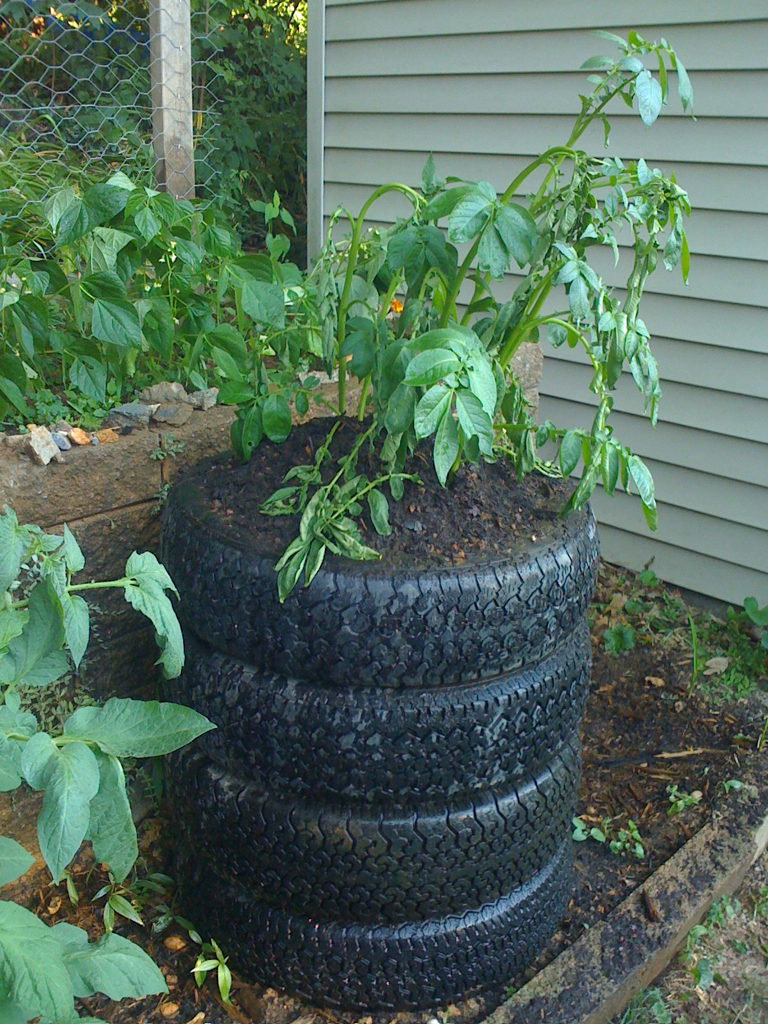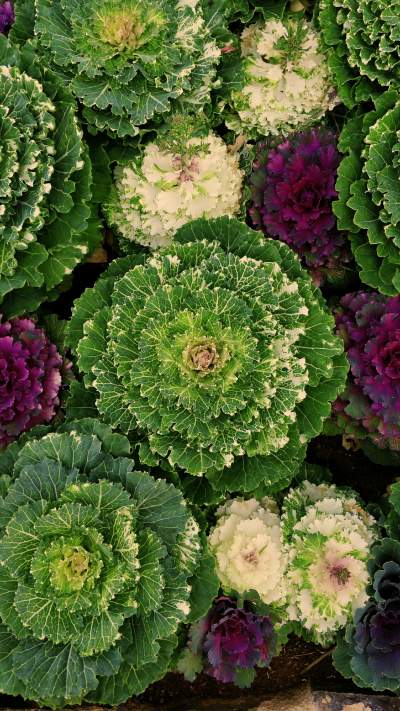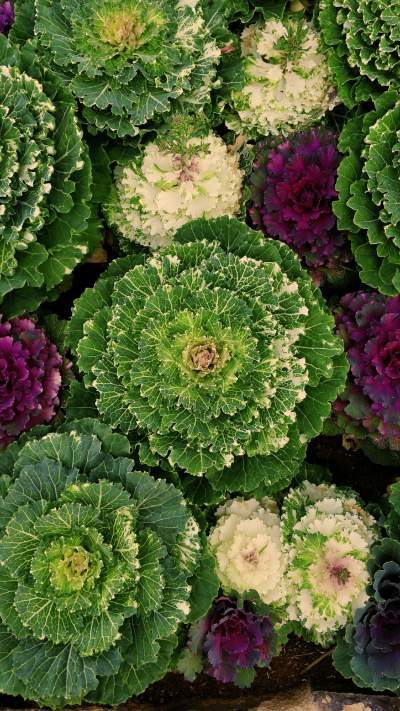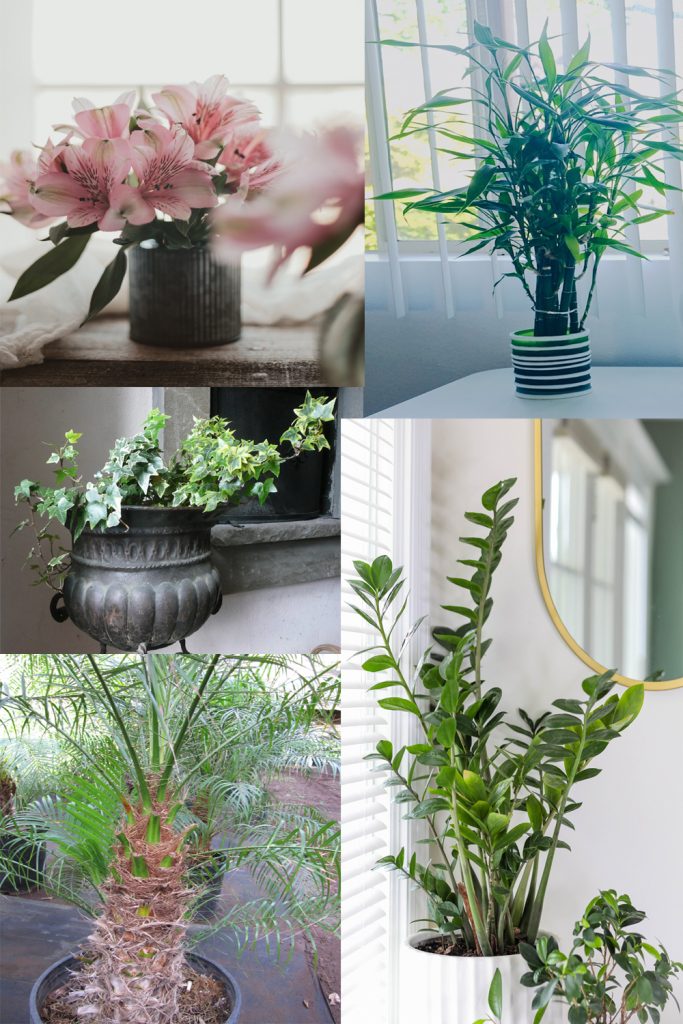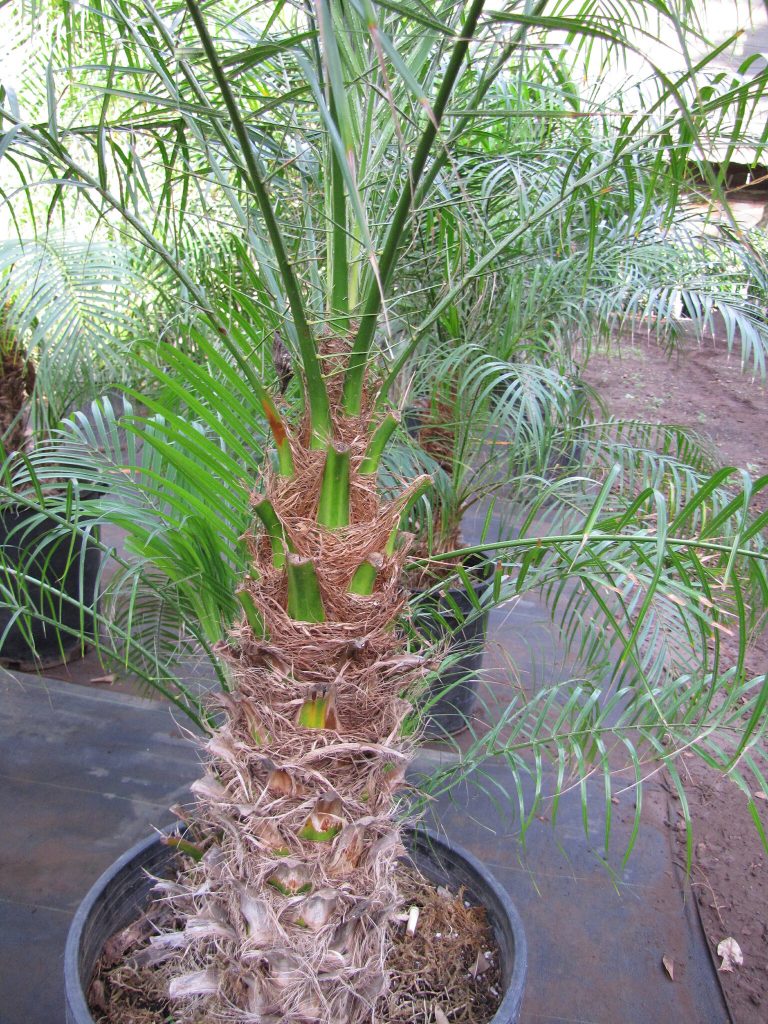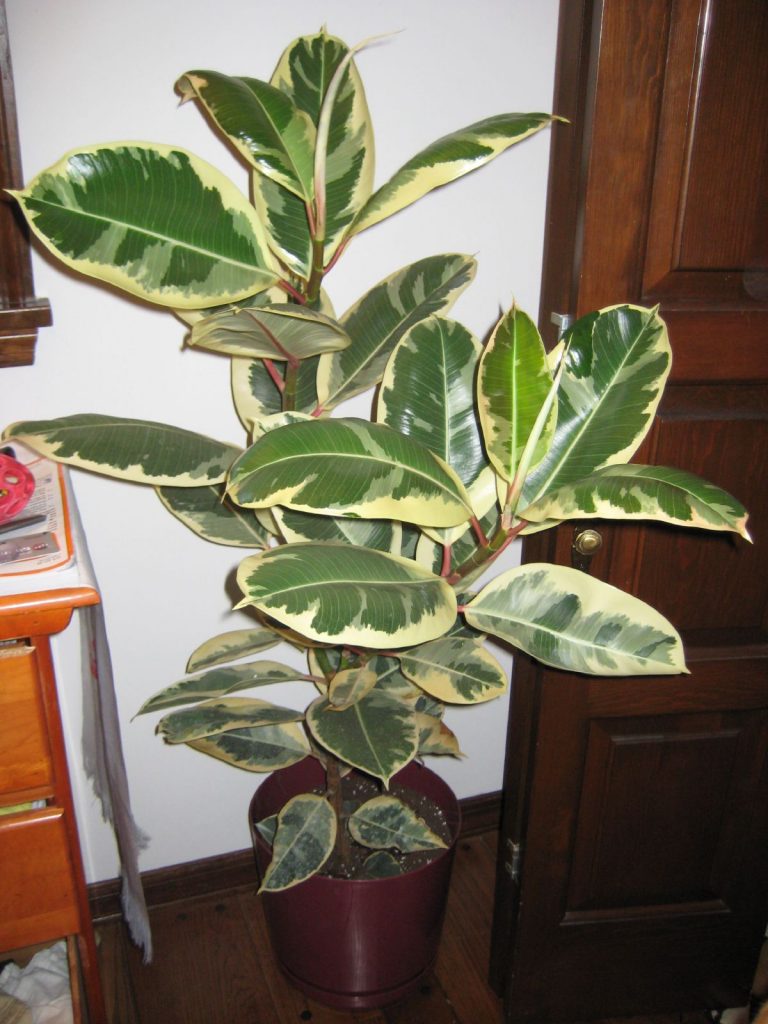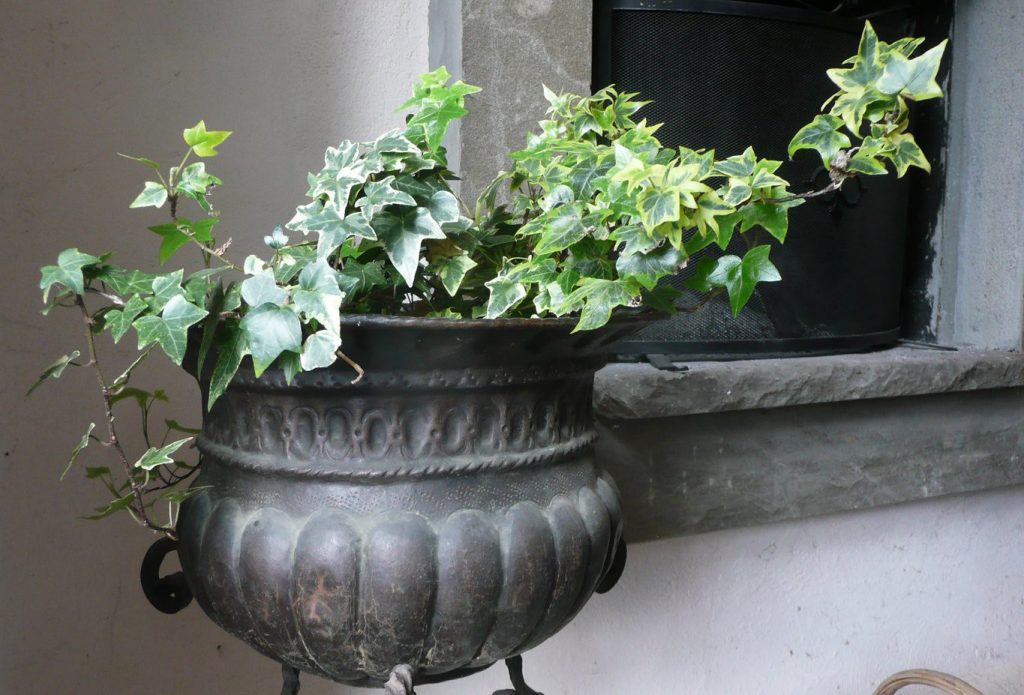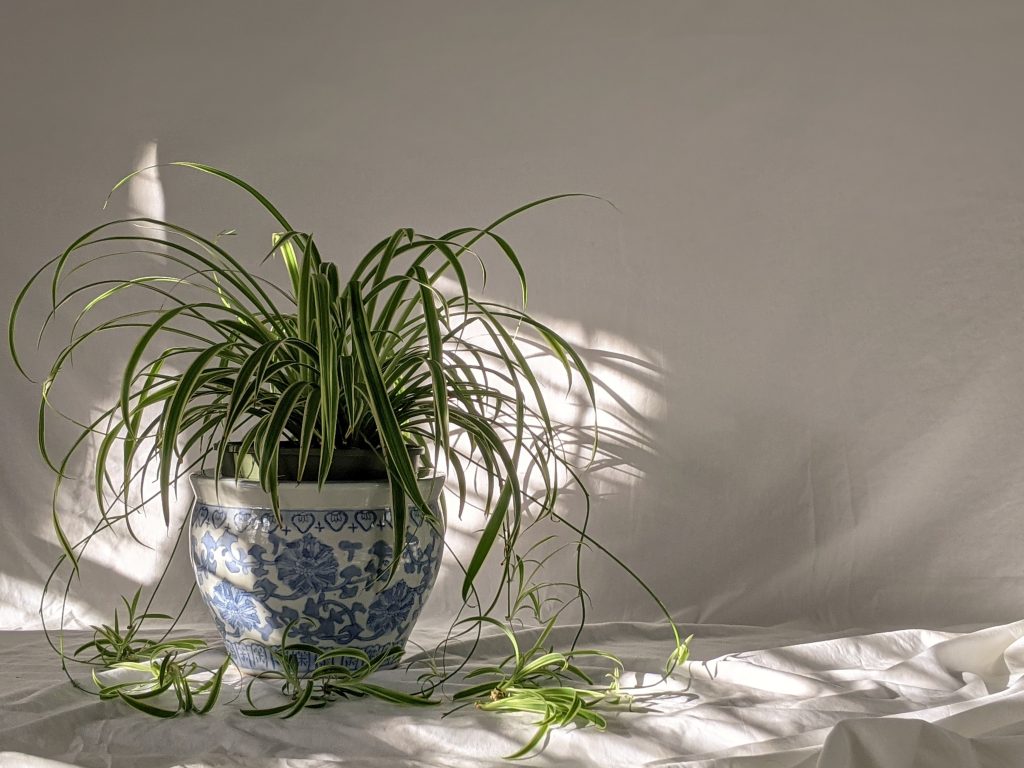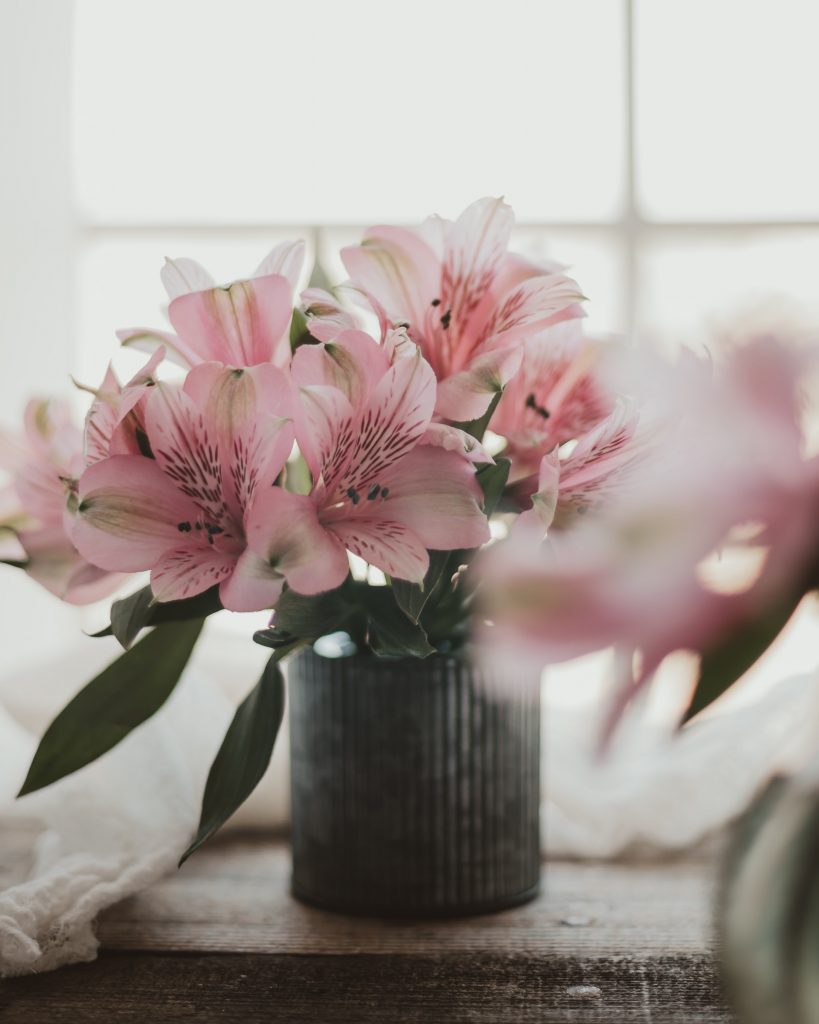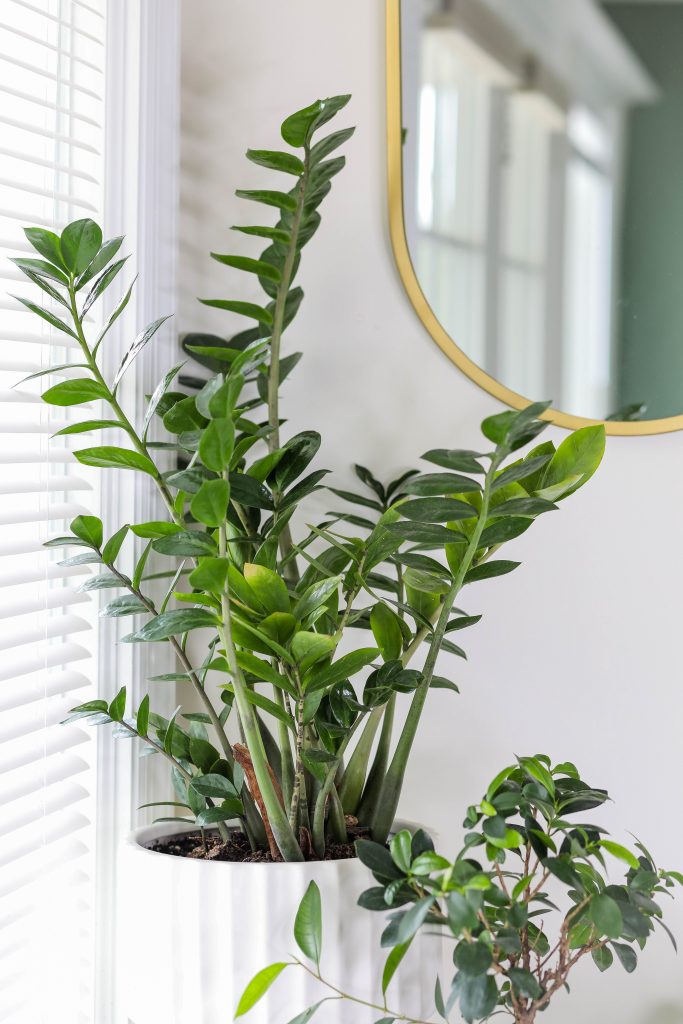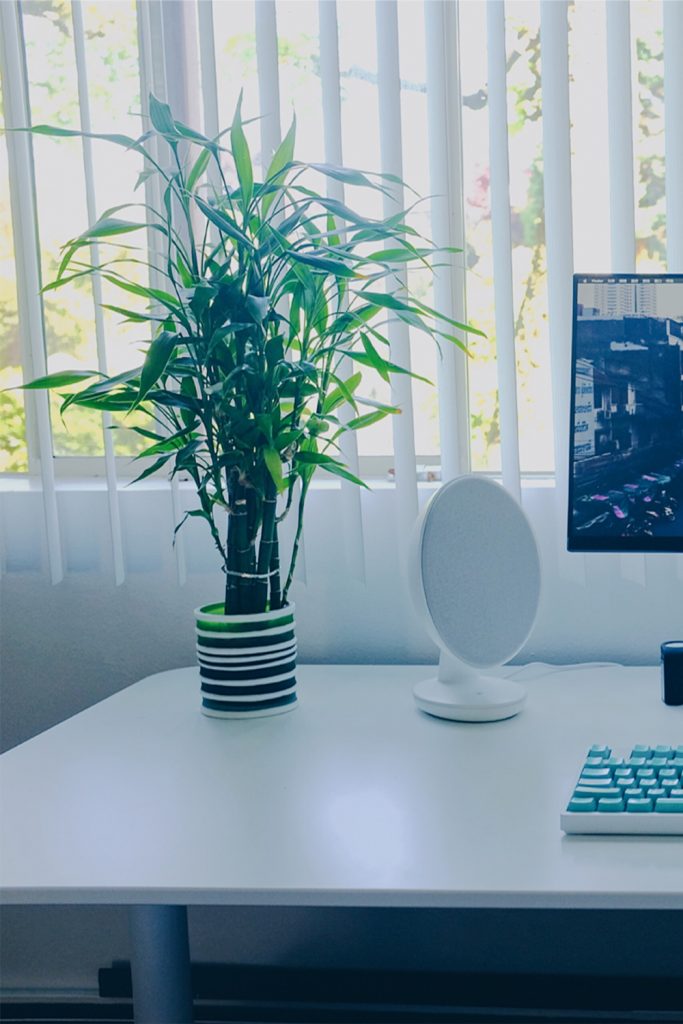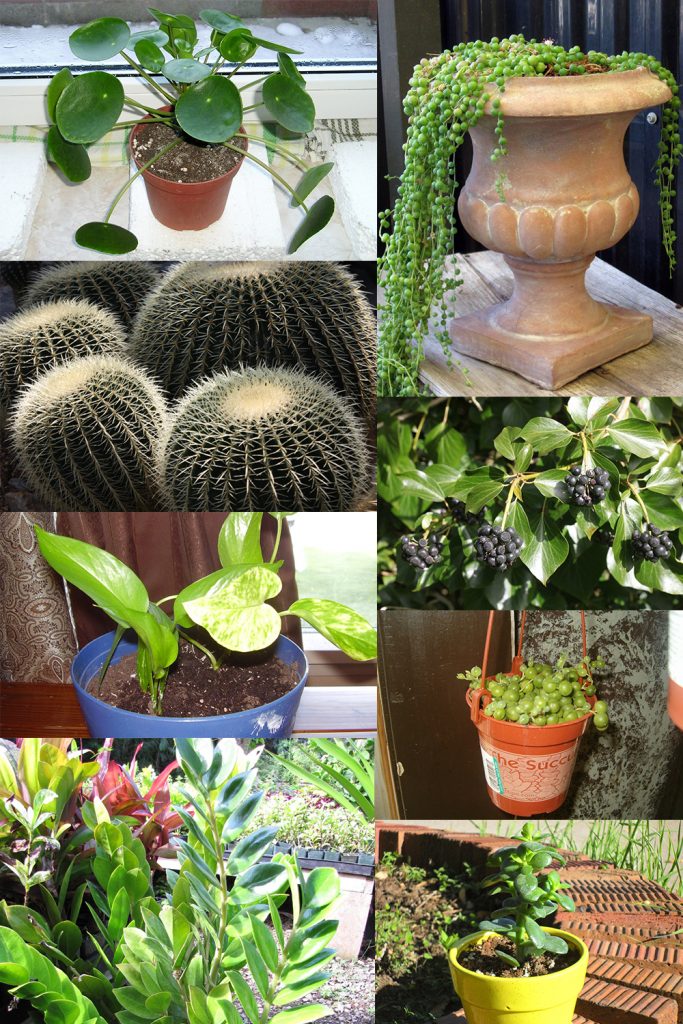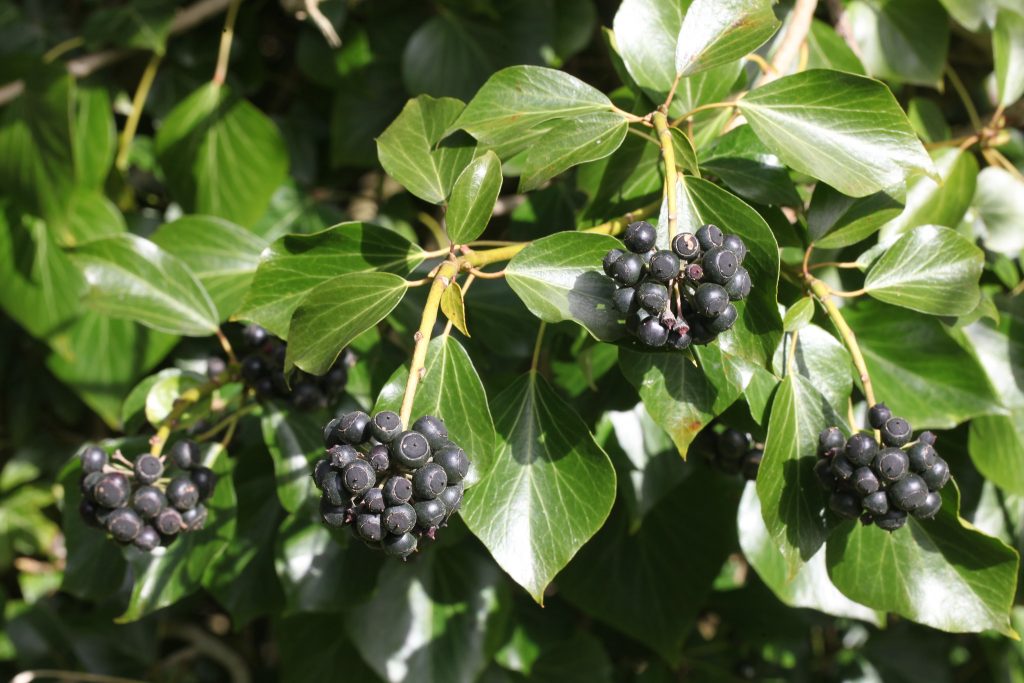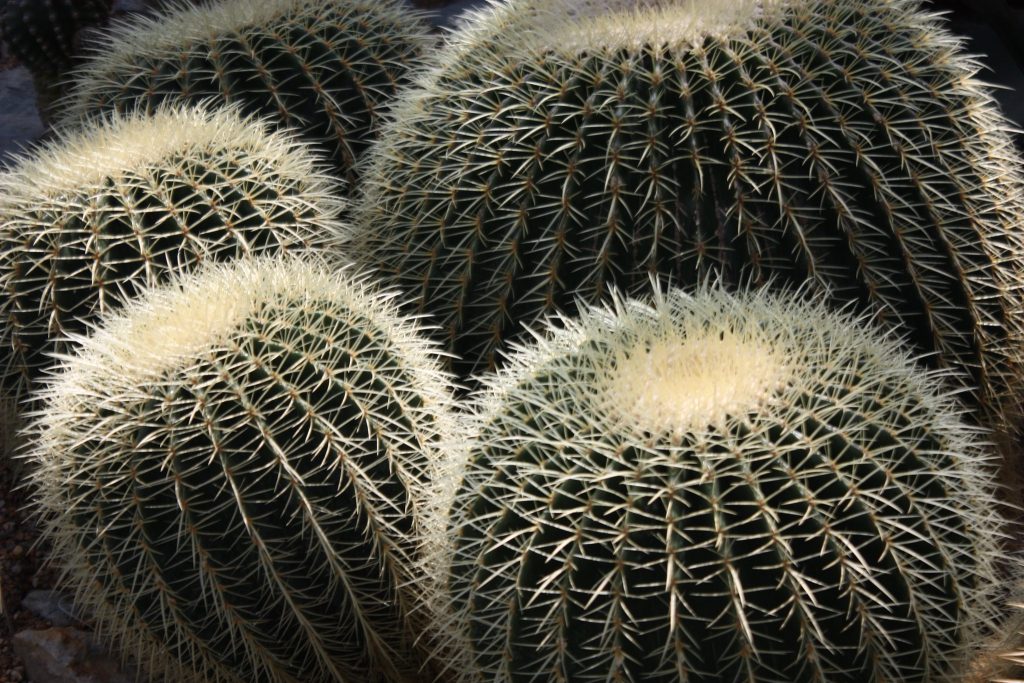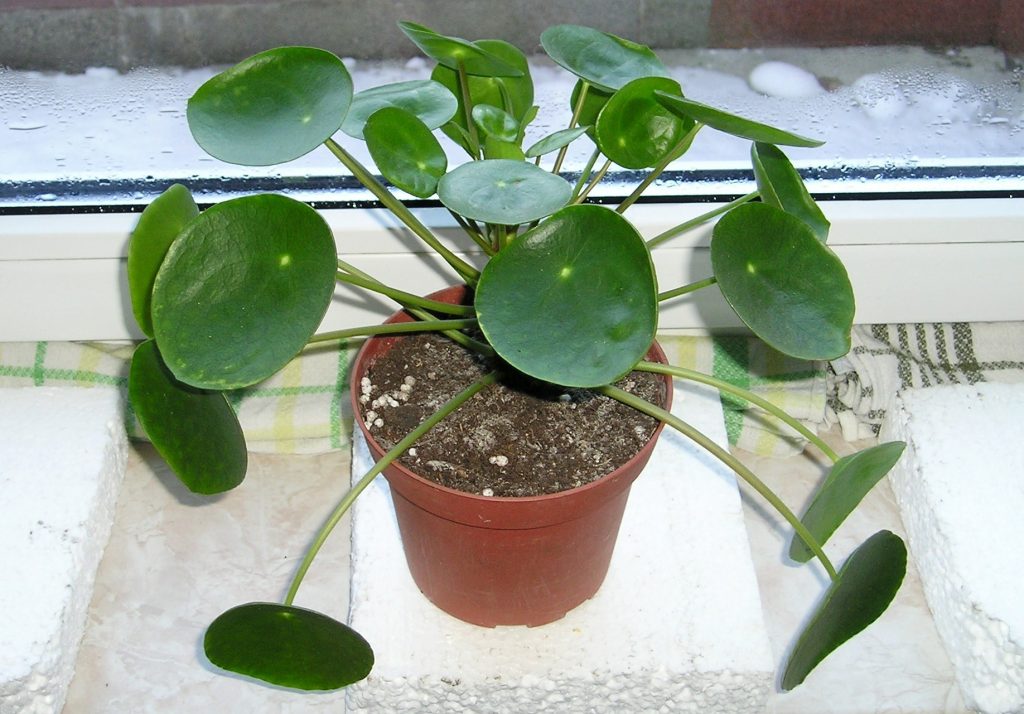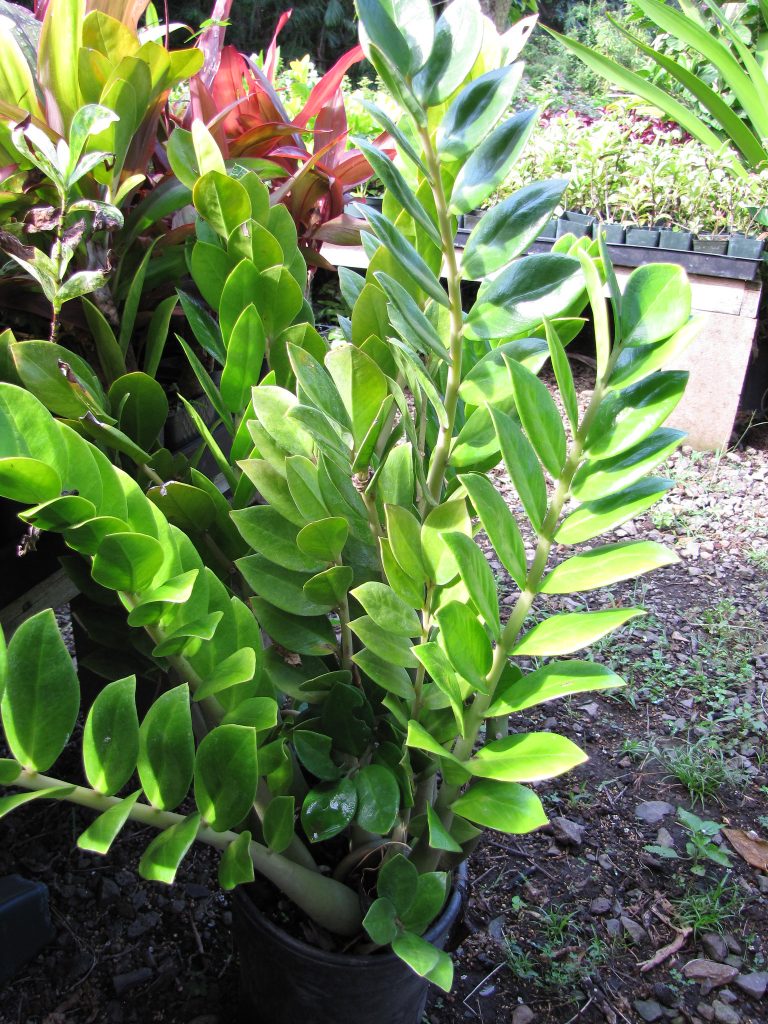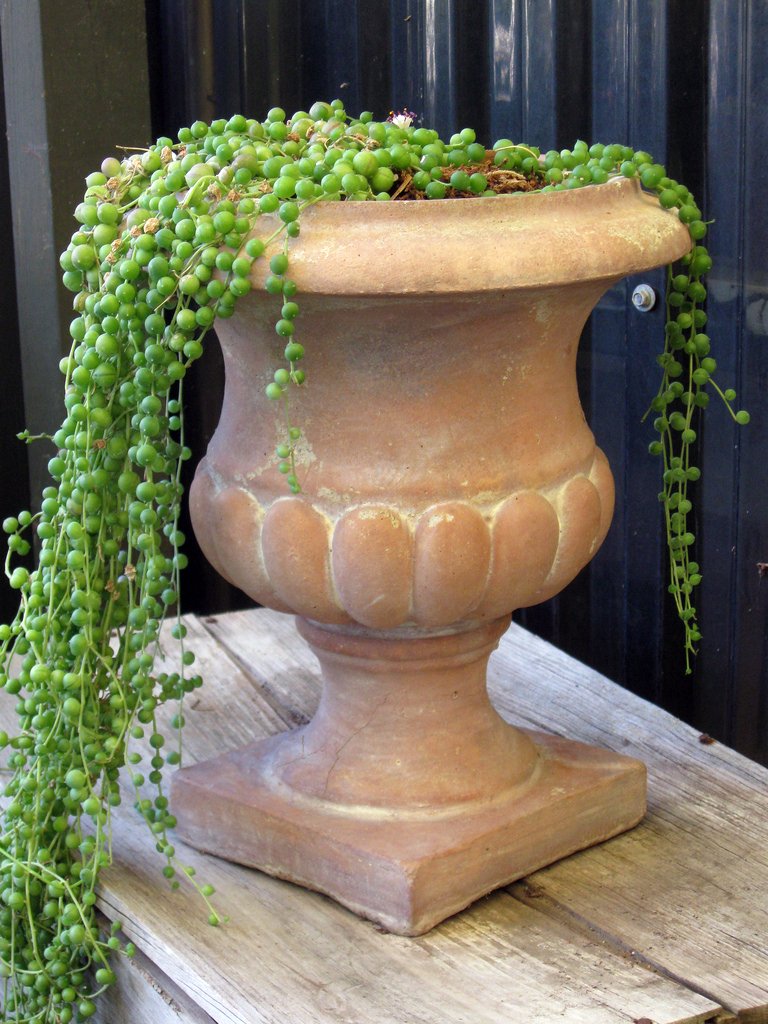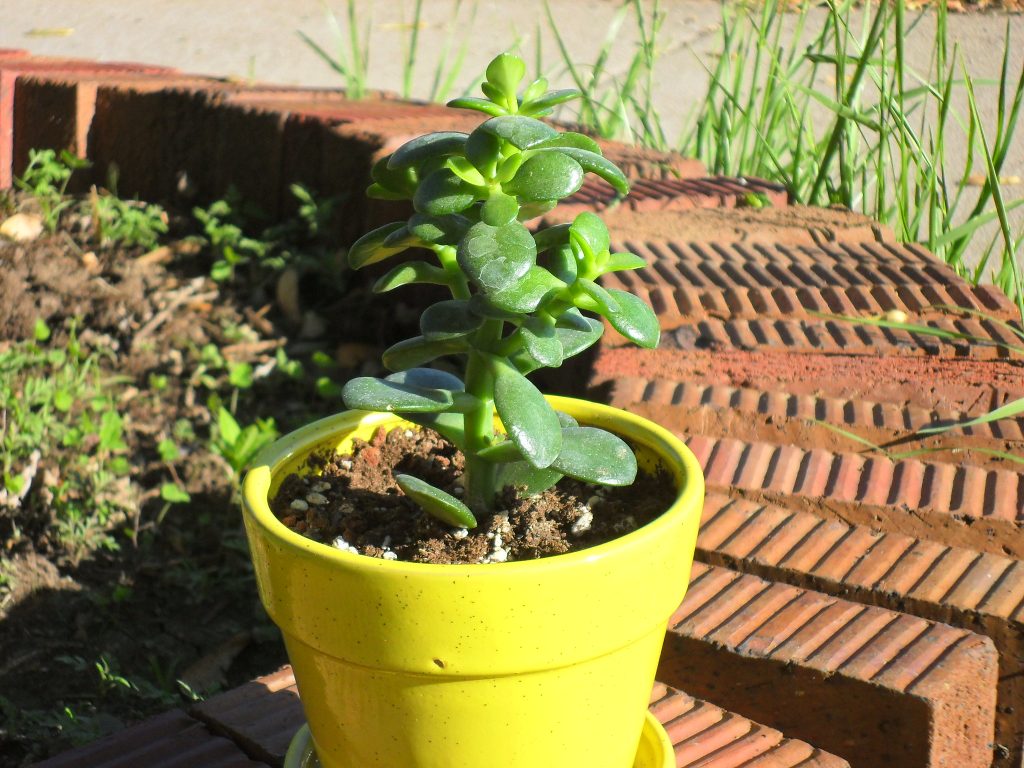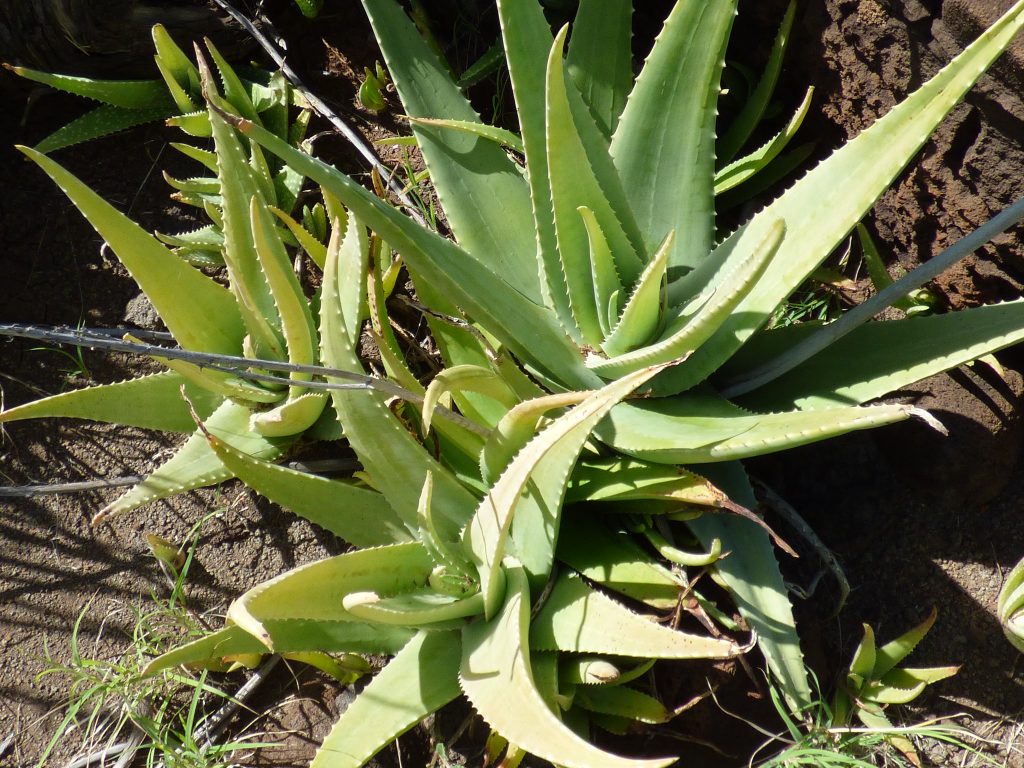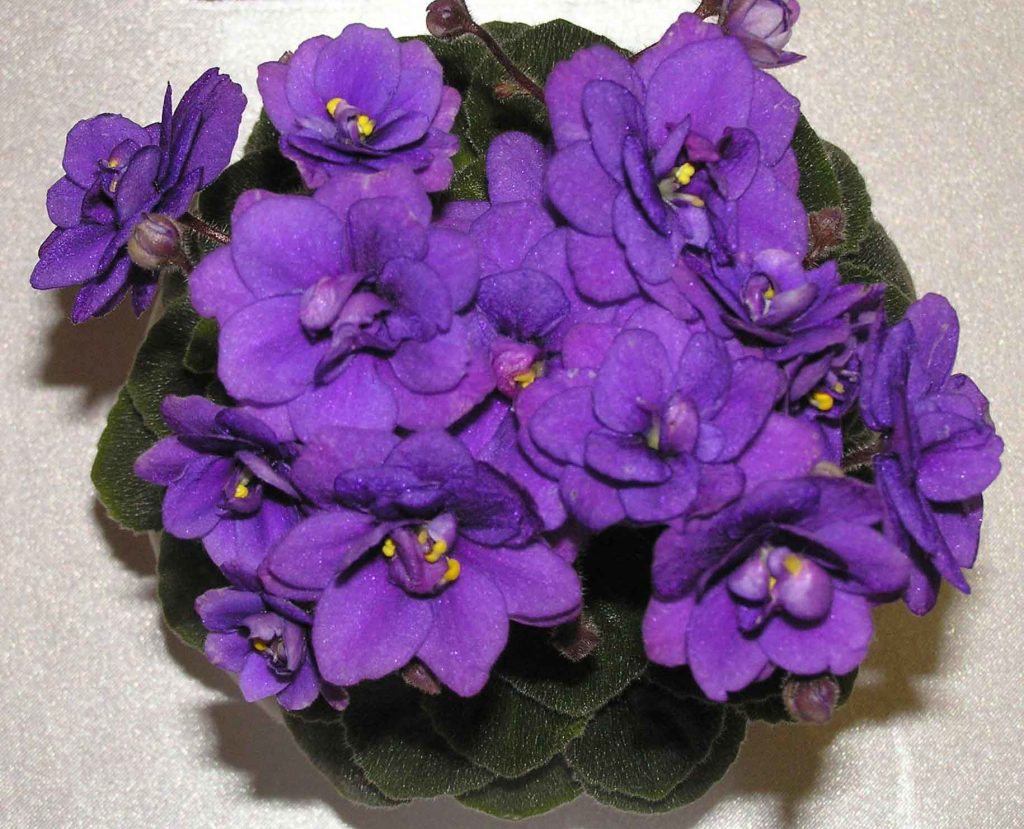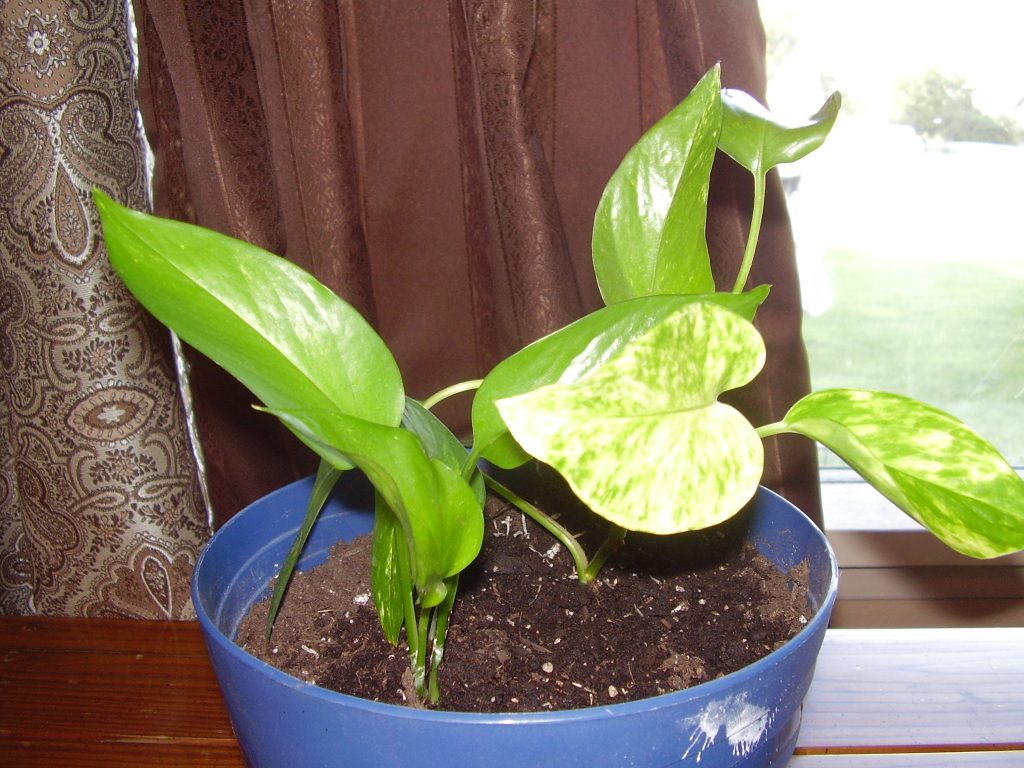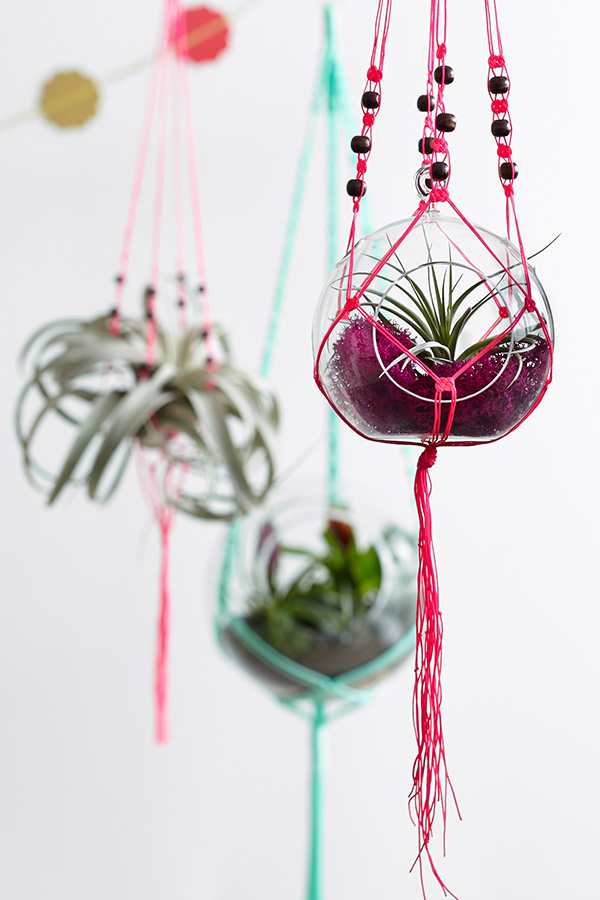Do you searching for the best potting soil for tomatoes, then this article can help you to find out the best soil for the growth of tomatoes.
Tomatoes are grown in pots or containers can prefer a moist environment to flourish. They are unable to perform in heavy soil. So, know about the best potting soil for tomatoes go through this article!
Best potting soil for tomatoes?
Soil condition is one of the main reasons for growing healthy tomatoes. Regardless of how you tend your plants, if you want to ensure a good tomato yield for the next growing season, you need to choose the best soil for planting which is sprouted into seedlings and flower products.

Types and textures
Tomatoes cannot be grown in heavy clay soil. It loves the well-drained loose soil such as loam or sandy loam soils which are best for the growth of tomatoes. In your soil, there is a high quantity of clay is there then you can improve the texture by tilting the soil and adding the peat moss, sawdust, and mix sand or other amendments before planting. And the tomatoes cannot grow well in dry soil and avoid planting them in waterlogged soil, excessively wet and anywhere standing rainwater gathering after rainfall.
Soil pH
The acidity or alkalinity of a soil is measured by its pH. pH 7 is considered neutral, any lower value is acidic, and any higher value is alkaline. Tomatoes grow best in neutral to near-neutral soil, so you may need to adjust the soil pH for the best results. If necessary, you can increase the pH by adding agricultural lime to the soil before planting. You can lower the pH by adding elemental sulfur or a fertilizer containing ammonia sulfate.
Also Read: Why Are Bottom of Tomatoes Turning Black: Blossom End Rot
Fertility
Tomatoes grow well in moderately fertile soil rich in organic matter. You can add compost while preparing the soil. It may also be helpful to add an all-purpose fertilizer containing potassium and phosphorus. Avoid fertilizers that are high in nitrogen, as they can thicken the plant which bears less fruit.
A good starting point when preparing your garden is to test the soil. Soil test kits are available at most garden shops and your nearest university office. Soil analysis results will show nutrient content and pH, and provide recommendations for soil improvement.
Growing Tomatoes in Containers
Tomatoes are usually grown in open gardens, but you can also grow them in containers. The advantage of growing in a container is that it gives you complete control over your environment. The ideal potting mix for tomatoes includes soil, perlite, sphagnum peat moss, and compost.
Please note: If you mix it yourself, it will change the composition of the peat compost as indicated on the manufacturer’s label. The amount of soil pH varies, if the nutrients contain will vary, and can lower the pH by affecting the nutrients available to the plant.
Tomatoes have lowered the pH of the soil produced by the roots, so you should fertilize your tomato plants with garden compost. Garden composts are generally slightly alkaline and therefore resistant to the natural drop in pH. Also, in this context, it would be nice to add a little lime. You will be adding 50 grams (loamy soil) to 100 grams (sandy soil) per square meter of soil, so a heaped teaspoon should be enough for one of your 10-liter plant pots.
To feed tomatoes as they grow, choose fertilizers that are high in potassium and phosphorus (K, P) and many micronutrients. At your garden center, you will likely find one of a range of tomato or flower fertilizers. Avoid herbal fertilizers as they contain too much nitrogen.
Just a little advice on planting quantity: If you are not an avid tomato consumer, six tomato seedlings are usually enough for a family of two, twelve for four, and sixteen for six …
Is Garden soil is good for tomatoes?
The gardening soil does not use directly for growing tomatoes because it is heavy and has harmful pathogens, fungi, and pests that can destroy the plants. Another issue is that the garden soil becomes more compact with each watering cycle and decreasing its oxygen levels and water-absorbing capacity.
What are potting mix and potting soil?
Potting soil is also simply called ordinary garden soil. It is naturally rich in nutrients and thanks to existing minerals and bio-degradable organic matter. It is cheap and most efficient for container gardening.
Potting mix
On the other hand, a soil mixture of organic matter, peat, and other materials provides better aeration and makes it lightweight, which promotes easy root growth. It can be made to order for a specific plant, so it will be more expensive than potting soil.
Homemade recipe of potting mix for tomatoes
Here is the homemade recipe for making a potting mix that is cost-effective while overbuying from the store.
Recipe no.1
- Sphagnum peat moss
- Garden soil
- Perlite, vermiculite, or sand
Combine the three ingredients in a pot with equal proportion.
Recipe no.2
- Crushed eggshells
- Bone meal
- Compost
- Garden soil
Mix all of the ingredients in equal amounts and it will have a great pot mixing for planting tomatoes!
Recipe no.3
- Vermiculite
- Vermicast
- Compost
- Pre-soaked coir peat
Mix all the ingredients with the same quantity and store them mix them in a container and use them as per the requirement.
Tips for growing tomatoes indoors
Use a container that is at least 12-18 inches deep with wide drain holes. Place the pot on any sunny windowsill where it can receive 6-8 hours of sunshine. Prefer south- or west-facing windows so the inside of the container dries up faster than the backyard.
The soil should be watered regularly and thoroughly. Keep the soil moderately moist, but allow the top 1-inch soil to dry before re-watering.
Feed your tomato plants with organic or slow-release fertilizers during the growing season. Use fertilizers with high nitrogen content which stimulate less fruit setting and more leaves.
Turn the houseplant periodically to get even sunlight and Supports farms and cells when mature.
Common mistakes are done while growing tomatoes in containers
Small containers
Here you have to use a big container because growing tomatoes is a large harvest. I use a small container it cannot hold more soil and water which is not enough for the growth of the tomato plants. So, a bigger container should make a large space and holds more soil and water. It will provide more nutrients for the growth of your plant. Water and food are the most important elements for healthy plant
Too much water
The key to the success of your tomato plant is proper watering. If the excess of water to the plant can cause blossoms to end rot. So keep the soil in the container should moist but not wet.
Maintain water levels in the container 1 inch above the surface of the soil. Please check the soil moisture before watering the container. Add water when the soil must be dry while touching at your fingertip.
Don’t be forgetting about drainage make the hole at the bottom side of the container which helps to drain well.
Too little water
The amount of water your tomato plants need depends on several factors, including the weather: wind, heat, humidity, pot size, and the type of pot used. often you water. Large tomato plants may need to be watered at least once a day, and sometimes twice.
Also Read: How long can a tomato plant go without water?
Not enough sun
Tomatoes love the sun and require full sun, which means they need direct, unobstructed sunlight for 6-8 hours a day, without trickery or jumping around. Many people often overestimate the amount of sunlight entering an area. Sunlight meter before putting on the light bulb. Also, the amount of sunlight entering an area can vary significantly during the growing season, so double-check each week to make sure nothing is blocking sunlight.
Under-fertilizing
Tomatoes are high in nutritional value and should be fertilized regularly unless you are using pre-fertilized potting soil.1 Most potting soil contains very few of the nutrients your plants need to grow and stay healthy, so you will need to add those nutrients into the soil or add nutrients to your mixture, which has a high compost content.
You have a variety of fertilizers to choose from, but good options are either universal slow-release organic fertilizers or those specifically formulated for growing tomatoes or vegetables that can be mixed with potting soil is Emulsion / Liquid from algae once or twice a week or calcium in the form of lime or liquid calcium. Black areas on the lower end of tomato fruit indicate possible rot of the flower heads, which can be caused by irregular watering and/or lack of calcium in the soil.
Caging too late or staking
Waiting too long to stake or cage a tomato is a chronic mistake. Tomatoes grow quickly and are best caged during planting before they get large and bulky.
Conclusion
Tomatoes are easy to grow vegetables. Choose the best soil, container, and fertilizer for your tomatoes. Sow deep, water regularly, fertilize. You will definitely get better and tastier.

